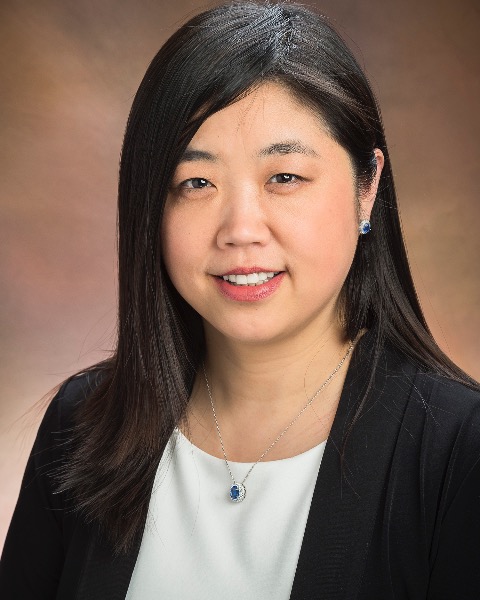Neonatology
Session: Neonatal General 8: ROP, Neurology
311 - Risk Factors Of Hearing Abnormalities For Premature Infants With Bronchopulmonary Dysplasia
Monday, May 6, 2024
9:30 AM - 11:30 AM ET
Poster Number: 311
Publication Number: 311.3011
Publication Number: 311.3011

Huayan Zhang, MD
Neonatologist
Children's Hospital of Philadelphia/Guangzhou Women and Children's Medical Center
Philadelphia, Pennsylvania, United States
Presenting Author(s)
Background: Bronchopulmonary dysplasia (BPD) is an independent risk factor for neurodevelopmental disability including hearing impairment. However, data on hearing outcomes in infants with BPD is limited.
Objective: To examine the incidence of, and risk factors associated with hearing abnormalities in infants with BPD.
Design/Methods: This is a single-center, retrospective cohort study of preterm infants born at less than 32 weeks’ gestation who were admitted to the Neonatal Intensive Care Unit at Zhujiang New Town campus of Guangzhou Women and Children’s Medical Center between January 1, 2020 and June 30, 2022. Infants were excluded if they died, had no hearing test data, had history of severe hyperbilirubinemia reaching the threshold of exchange transfusion, or other congenital abnormalities know to affect hearing. Hearing screening was completed using Auditory brainstem response (ABR) or Brainstem auditory evoked response (BAEP). Incidence of hearing abnormalities defined by abnormal ABR or BAEP screening were compared between infants with and without BPD. Logistic regression was performed to explore risk factors associated with hearing abnormalities in infants with BPD. We also explored the characteristics and longer term outcomes of hearing abnormalities in infants with BPD.
Results: A total of 263 preterm infants with median gestational age of 29.3 (27.9, 31.0) weeks were included. The overall incidence of hearing abnormalities in the study subjects was 28.9% (76/263). BPD increases the risk of hearing abnormalities in preterm infants(OR=2.294,95%CI 1.191-4.419,p < 0.05). In infants with BPD, Male infants, use of furosemide use for ≥28 days, inhaled nitric oxide, vancomycin, and total dose of dexamethasone>0.89mg/kg were associated with significantly increased risk of hearing abnormalities (Table 1). BAEP abnormalities in infants with BPD were mainly characterized by prolonged latency of wave I, III and V. A total of 49 BPD patients had complete BAEP follow-up results with longest follow-up at around 12 months corrected age. 91.8% (45/49)of patients passed the test finally.
Conclusion(s): Hearing abnormalities, characterized by slowing down of auditory nerve conduction speed in BAEP, is more common in premature infant with BPD. However, most hearing deficits recover before 12 months corrected age. Prolonged use or high higher accumulative dosing of several commonly used medications are associated with increased risk of hearing abnormalities in BPD infants.
.png)
